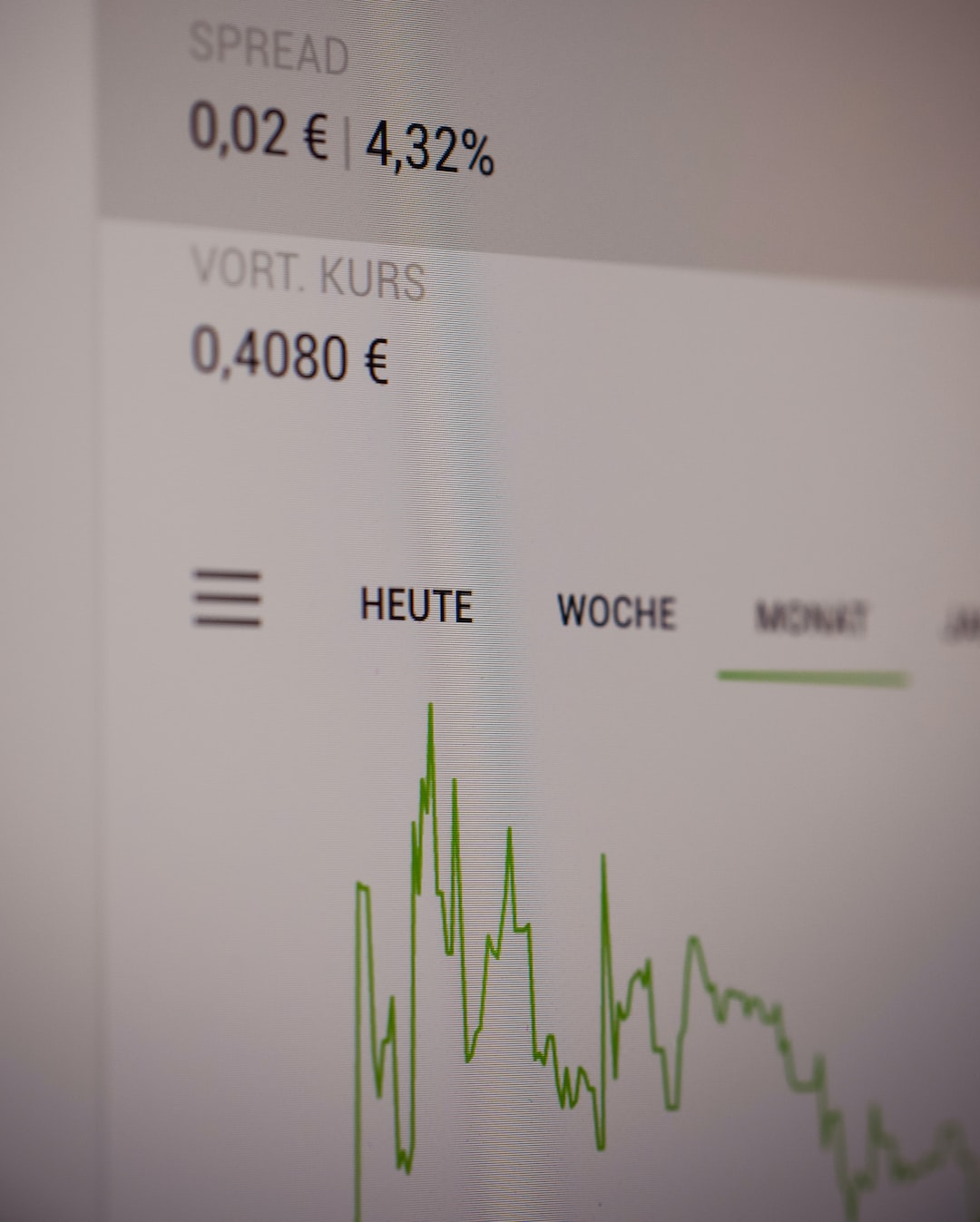Forex rollover rates, also known as swap rates, are the interest rate differentials between two currencies that are being traded in the forex market. These rates are calculated at the end of each trading day and are applied to any open positions that are held overnight. In this article, we will explore when forex rollover rates are calculated and how they are important for forex traders.
Rollover rates are calculated at the end of each trading day because this is when the forex market closes for the day. At this time, any open positions that have been held overnight are subject to rollover rates. The calculation of these rates is based on the difference between the interest rates of the two currencies being traded. If the interest rate of the currency being bought is higher than the interest rate of the currency being sold, then the trader will earn a positive rollover rate. Conversely, if the interest rate of the currency being bought is lower than the interest rate of the currency being sold, then the trader will pay a negative rollover rate.
It is important to note that not all currencies have the same interest rates. The interest rates of each currency are determined by the respective central banks of each country. These rates can be affected by a variety of factors such as inflation, economic growth, and monetary policy. Therefore, the rollover rates for different currency pairs can vary significantly.
Forex traders need to be aware of rollover rates because they can have a significant impact on their profitability. If a trader holds a long position in a currency pair that earns a positive rollover rate, they will earn interest on the position. This can be a significant source of passive income for traders who hold positions for extended periods of time. Conversely, if a trader holds a short position in a currency pair that earns a negative rollover rate, they will be charged interest on the position. This can eat into their profits and make it more difficult to be profitable.
Another factor to consider when it comes to rollover rates is the timing of trades. Forex traders need to be aware of the rollover rates that will be applied to their positions if they hold them overnight. Therefore, if a trader is planning to hold a position overnight, they need to be aware of the rollover rates that will be applied to their position. Additionally, traders need to be aware of any upcoming events that could affect the interest rates of the currencies they are trading. For example, if a central bank is planning to announce an interest rate hike, traders need to be aware of this and adjust their positions accordingly.
In conclusion, forex rollover rates are calculated at the end of each trading day and are based on the interest rate differentials between two currencies being traded. Traders need to be aware of these rates because they can have a significant impact on their profitability. Positive rollover rates can be a source of passive income for traders, while negative rollover rates can eat into profits. Traders also need to be aware of the timing of their trades and any upcoming events that could affect the interest rates of the currencies they are trading. By understanding when forex rollover rates are calculated and how they work, traders can make more informed decisions and improve their overall profitability.





